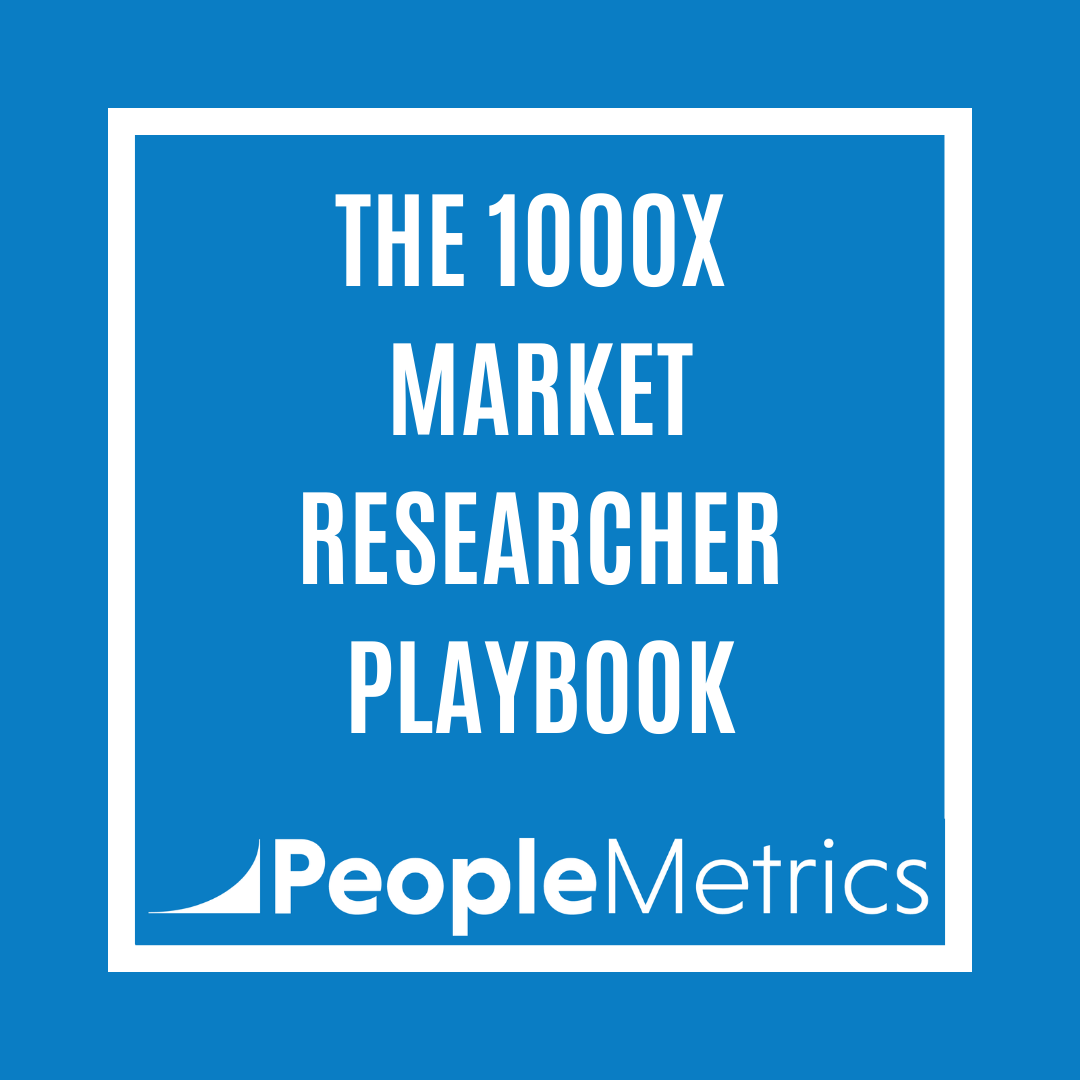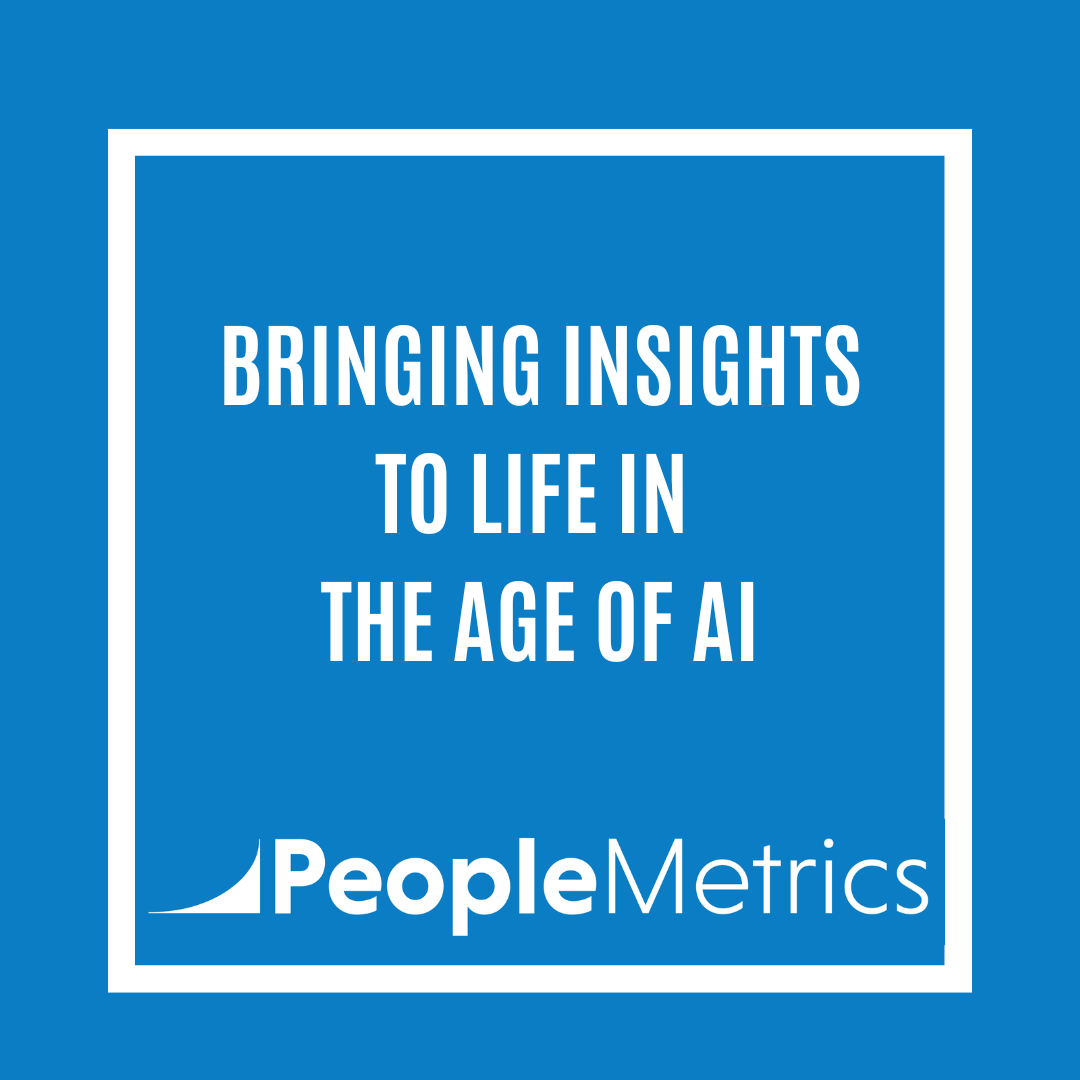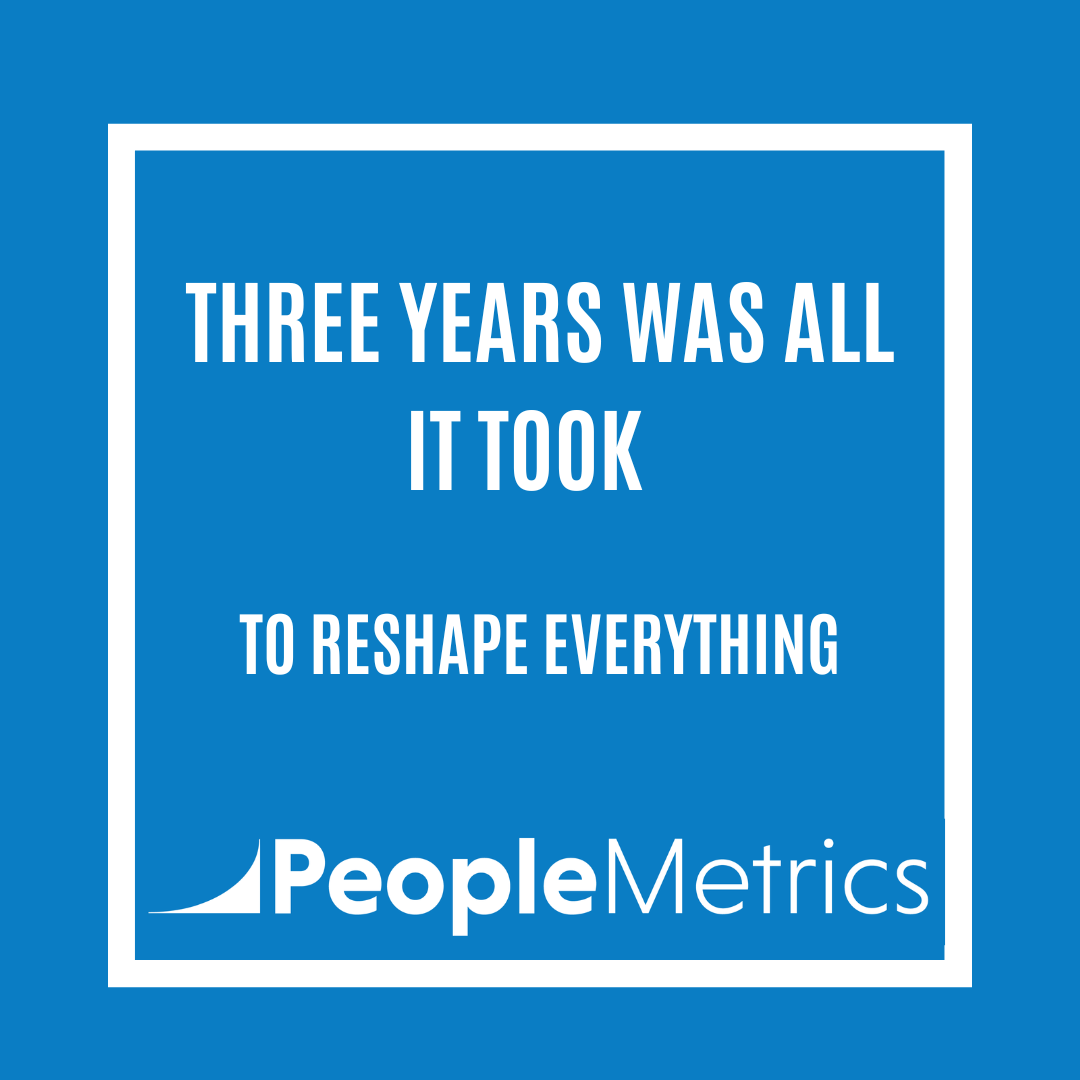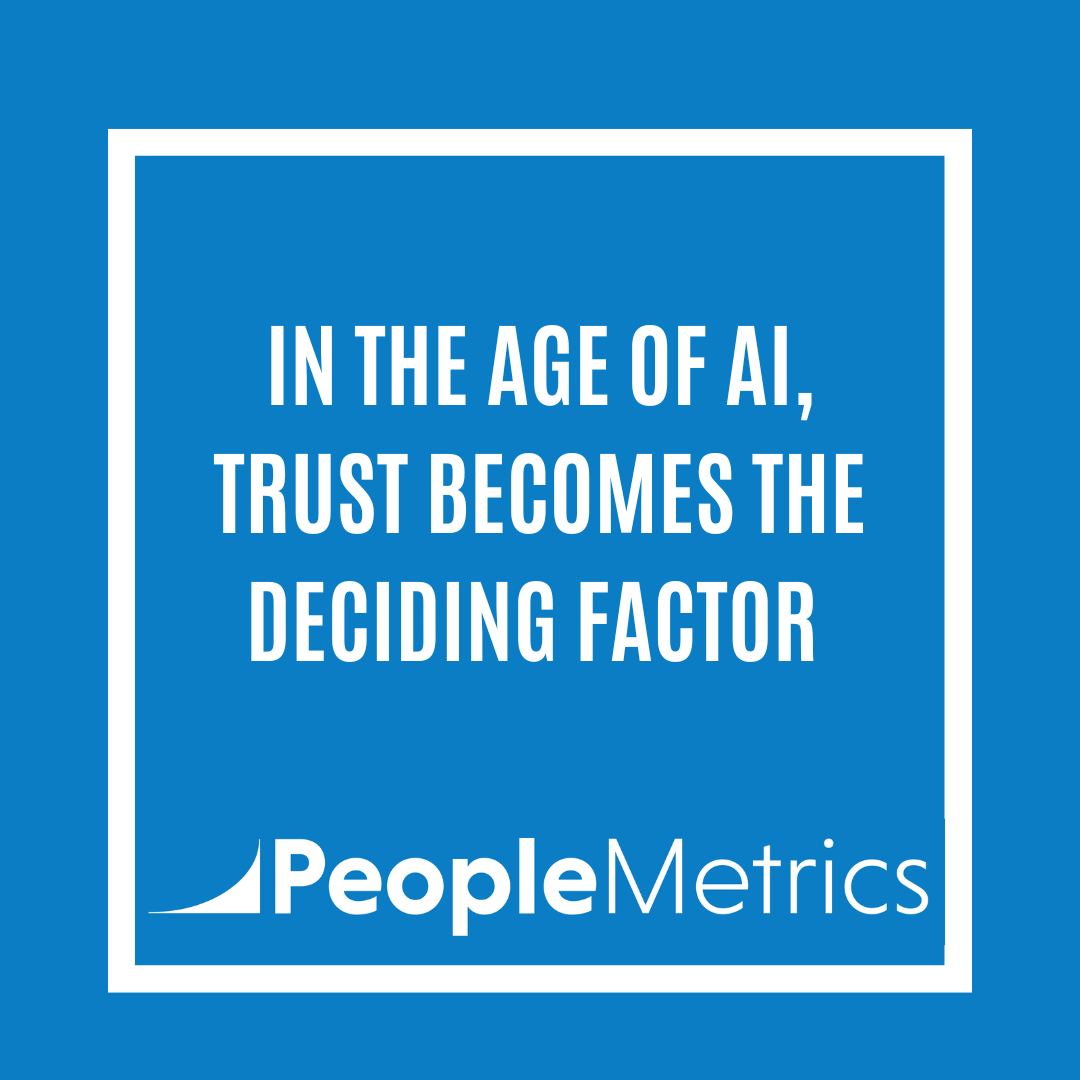A practical operating system for the next 36 months of insights work
The insights world is changing fast. Legacy market research processes, like long decks, manual coding, and one-off reports, are giving way to AI-driven systems. This playbook lays out a practical operating system (OS) that market researchers, insights professionals, and CX leaders can run tomorrow.
We’ve already covered why the middle of the industry is disappearing, how to get started, what 1000x thinkers do differently, the stacks that matter, and why engines beat decks. This final guide ties it all together into a repeatable OS designed for the AI era of insights.
1. Principles (How You Think)
Your operating system rests on non-negotiable principles that separate high-leverage researchers from those who get left behind:
-
Decisions > Deliverables
The only metric that matters: did your work change a decision?-
Example: Instead of a 60-slide deck, publish a 2-page memo with the decision to be made, the recommended action, and supporting data.
-
-
Leverage > Labor
If you do something twice, turn it into a template, engine, or AI prompt.-
Example: If you coded open-ends manually last quarter, invest one day building a synthesis prompt. From then on, the work compounds.
-
-
Future-First
Don’t duct-tape old processes with AI widgets. Redesign from scratch with 2025 in mind.-
Example: Jump straight from transcript → AI summary → tagged insight report → client one-pager.
-
-
Trust is Non-Negotiable
Privacy and security are table stakes. De-identify by default and never share raw data in consumer AI tools.-
Example: Strip PII before sending survey data to ChatGPT Team or Enterprise.
-
2. The Golden Path (The Repeatable Loop)
Every research project reduces to a five-step loop:
-
Capture: Record interviews, workshops, and calls (Fireflies.ai, Otter, or Zoom transcription).
-
Synthesize: Run transcripts through reusable LLM prompts to extract themes, drivers, quotes, and recommended actions.
-
Store: Save in Notion with consistent tags (project, persona, theme) to build a searchable insights repository.
-
Share: Deliver decision-ready outputs (one-pagers, dashboards, carousels) with tools like Canva or Lovable.
-
Decide: Always close by asking, “What decision changed because of this?”
Example: Eight new-customer interviews transcribed by Fireflies → synthesized with a ChatGPT prompt → tagged in Notion → shared as a one-pager in Canva. The next day, the client A/B tests onboarding emails. That’s impact.
3. The Tight Stack (Only 4 Tools You Need)
Forget 20 apps. To run this OS, master four tools:
-
ChatGPT Team/Enterprise: The core engine for synthesis, writing, analysis, and reporting.
-
Fireflies.ai (or Otter/Zoom): Automatic capture and transcription of every conversation.
-
Notion: The single source of truth for transcripts, syntheses, prompts, and project libraries.
-
Lovable or Canva Pro: Lightweight design tools for fast, polished insights outputs.
Tip: Evaluate tools with one question:“Does this accelerate the loop?” If not, drop it.
4. Engines, Not Decks
The unlock isn’t building decks faster, it’s building engines that refresh automatically.
-
Qual Engine: Prompt that digests any transcript into themes, drivers, quotes, and action items.
-
Tracker Engine: Modular reporting linked to live data sources (Notion DB or survey tool).
-
Reporting Engine: AI synthesis prompt that outputs topline insights, detailed findings, and stakeholder-specific recommendations.
Example: Instead of writing a new “monthly satisfaction report,” your engine refreshes the data and generates outputs in 30 minutes. Researchers shift from formatting to interpreting.
5. Leadership Levers (For Team Leaders)
If you run an insights or CX team, your job is not to do the work but to set the system:
-
Access: Provision ChatGPT Team or Enterprise accounts. Don’t leave staff hacking with free tools.
-
Standards: Publish a “Golden Path SOP” and “Prompt Starter Pack” in Notion.
-
Cadence:
-
Weekly “Demo Friday” where a teammate shows a working prompt or engine.
-
Bi-monthly “AI Lab” to review what’s automated and what’s next.
-
-
Metrics: Track speed and reuse, not slide volume. Examples: time from capture to share, reuse rate of prompts.
-
Talent: Encourage curiosity. Run 30-day automation sprints where each team member automates one recurring task.
6. The 30-Day Action Plan
Here’s how to go from talking about AI to running a new operating system in one month:
-
Day 1–2: Set up ChatGPT Team or Enterprise. Publish a 1-page AI usage policy.
-
Day 3: Write your first synthesis prompt and refine until decision-ready.
-
Week 1: Tag your last two projects in Notion and retro-store transcripts/syntheses.
-
Week 2: Build your first engine (qual or reporting). Standardize the prompt.
-
Week 3: Host your first Demo Friday. Improve together.
-
Week 4: Replace one deliverable with your engine-powered system. Send it to a client.
By Day 30, you’re no longer experimenting. You’re running a new OS.
Why This Matters
The 1000x market researcher doesn’t work harder. They compound leverage.
-
From weeks → hours
-
From outputs → decisions
-
From decks → engines
-
From one-offs → systems
The middle is disappearing. The edge belongs to those who install and run this OS today. This is how insights teams stay relevant, fast, and impactful in the AI era.





